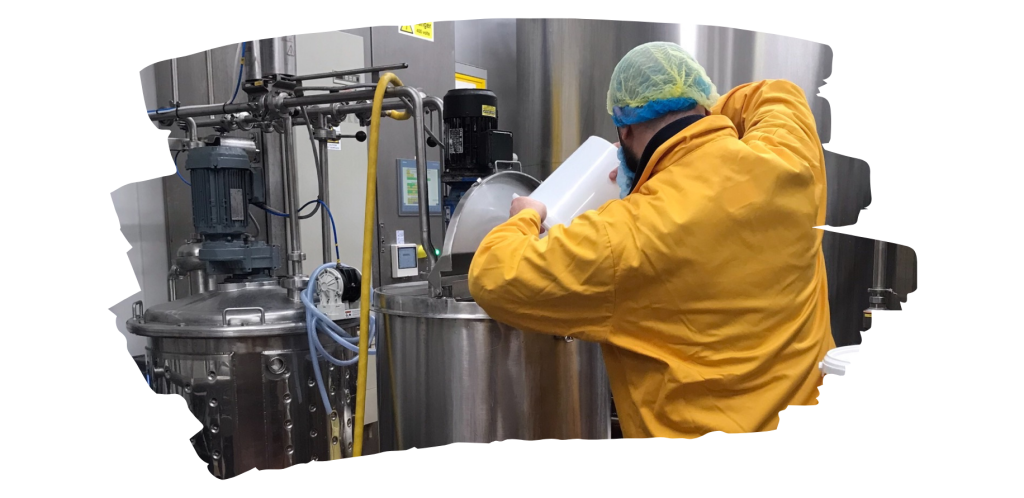This year’s oat harvest is one of the earliest on record, and despite a dry spring, it’s delivered impressive results. Jonathan from Robin Appel Grain Merchants explains how the combination of weather, soil, and science has shaped the 2025 crop, and what goes on behind the scenes to ensure only the best British oats make it into every carton. Read on to discover the full journey from field to Framptons.
Q: How has the weather affected the oat harvest this year?
Jonathan: The harvest is the earliest we’ve probably known – one of the earliest on record, really. We’ve had incredibly dry weather, and I think it’s now officially the driest and warmest spring on record. That has huge implications for crop yields and quality.
Down here on chalk soils, which are pretty drought-proof, the crops have done well. Chalk acts like a sponge – it retains moisture. With the very wet winter and autumn we had, that moisture sustained the crops. So, the harvest so far is pretty good – yields are good, and the quality is exceptional. You can’t beat sunlight for building quality into crops, and we’ve had wall-to-wall sunshine.

Q: Are all areas seeing the same results?
Jonathan: No, not at all. The spring crops, especially in areas without drought-resistant soils, will be hit quite hard. Places like the Cotswolds and East Anglia, where soils like the Cotswold Brash don’t retain moisture, are really going to suffer this year. Those crops need a season like last year, which was wetter.
This year’s extraordinary weather has meant lots of crops are ready to harvest all at once – something we don’t see very often. As grain merchants working with our network of dedicated growers, we’re seeing a real buzz of activity. With so much coming in together, it’s a case of carefully coordinating haulage, storage, and intake to keep things moving smoothly.
Q: What makes a high-quality oat crop?
Jonathan: Specific weight is the key parameter – it’s the density or mass of the oats. Sunshine plays a big role in building that. So far, specific weights have been very high.
We also check screenings, admixture, and hulling ability. All those are part of what makes oats fit for human food use.
Q: What happens once oats are harvested?
Jonathan: Farmers send in harvested samples, which are tested at our lab in Bishop’s Waltham and here at Fisherton. We run tests for all key quality parameters. Then we use a mini dehuller to assess how well each batch performs.
The best oats usually come from within 50 miles of our site here – and this year, that’ll definitely be the case.

Q: How does the supply chain work from farm to Framptons?
Jonathan: Once we know which batches are best, we bring them in to start processing the 2025 crop.
After dehulling and stabilisation, the oats are moved via a dedicated trailer that carries nothing but oat groats. They go down to Framptons in Shepton Mallet, just about 40 minutes away.
It’s a pretty unique offering – every load is traceable not just to the farmer, but to the specific field it was grown in. It couldn’t be more local, and the quality is second to none.
As we look ahead to the 2025 production cycle, this year’s harvest underscores the strength of Framptons’ local supply chain and its deep-rooted partnerships with growers, and merchants like Robin Appel. From field to factory, every step of the journey is built on transparency, traceability, and a shared commitment to British agriculture.






